Sbarro SV1 -1973
In March 1973, Franco Sbarro exhibited under his own name for the first time at the Geneva Motor Show. Although the stand was small, it marked the beginning of an uninterrupted series of appearances at the Swiss show. Year after year, the Sbarro stand became a must for visitors. This is not as insignificant as it may seem at first glance. In 1973, when Sbarro exhibited the SV1, the company's activities were mainly focused on racing: Formula 5000, CanAm, Chevrolet Corvette, Opel GT Greder, road adaptation of the Lola T70. Acknowledged by the world's racing elite, it remained unknown to the general public. The Geneva Show will become his showcase, enabling him to reach out directly to the public and his future customers. The media impact of such an event can be considerable, justifying the substantial investment for a craftsman to have a presence at an international motor show.
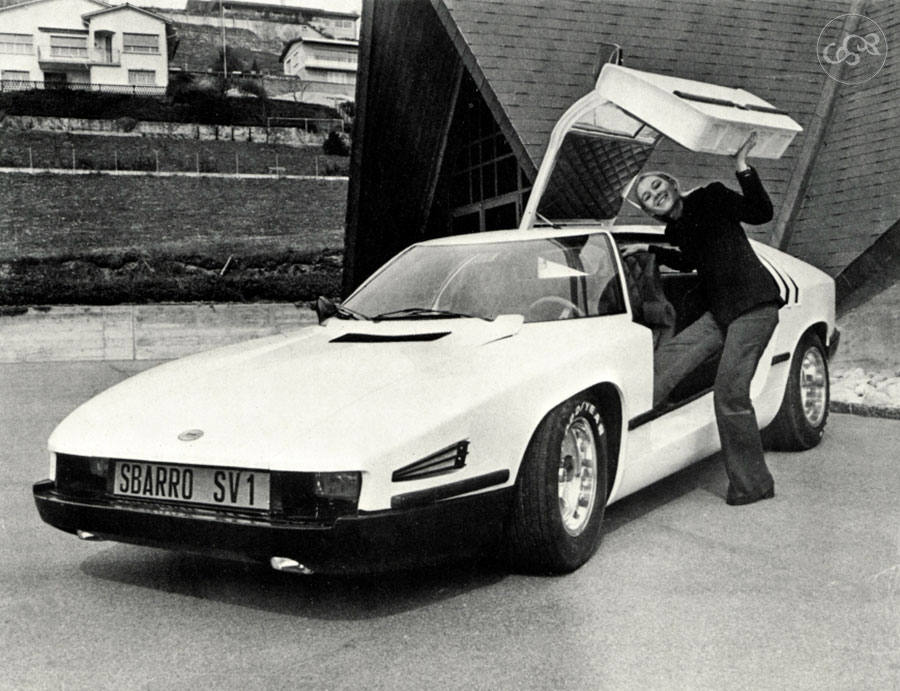
From competition to safety
It was a car that met high safety standards for its time. The passenger compartment is reinforced. The chassis-beam is connected to a tubular side frame with a double roll bar embedded in a double polyester monocoque filled with polyurethane foam. The SV1 is equipped with two automatic fire extinguishers that activate in the event of impact or extreme heat in the engine compartment and passenger compartment. The front and rear trunks are designed as crumple zones in the event of an accident. You can't help but admire the amount of innovation and design work that has gone into this small, but passionate, manufacturer. The financial cost was such that the car could not be sold profitably, and only one model was ever built.
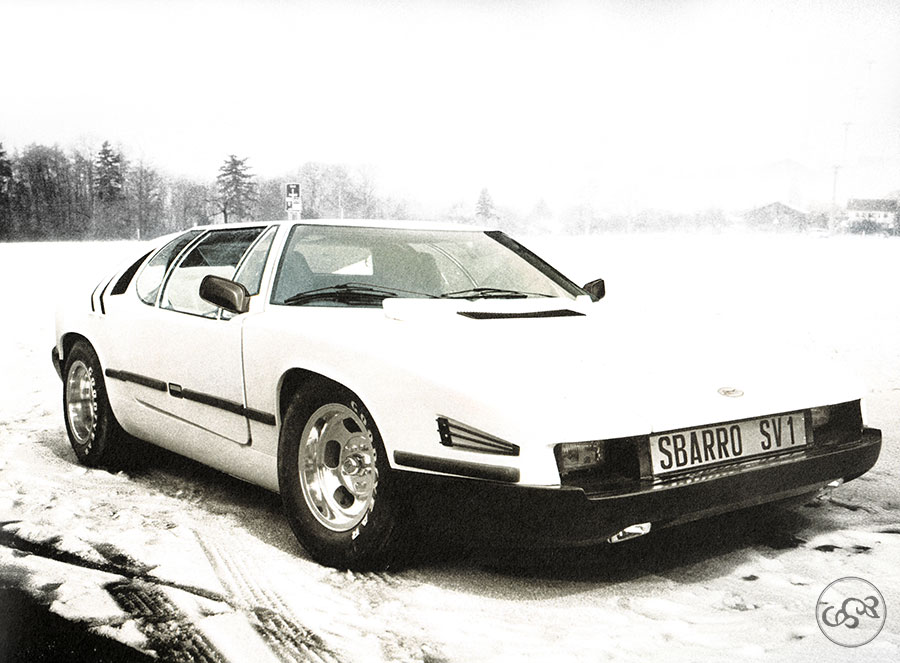
An unusual powertrain
Two powerplants are planned: a two-piston Wankel rotary engine from the NSU Ro80 producing 150 hp DIN at 5500 rpm, or an assembly of two NSU twin-rotors developing 300 hp DIN, again at 5500 rpm. Only one car will be built, however, and it will be powered by the second formula. Sbarro was experimenting with the technique of assembling two engines to form a new one. This solution would be used many times thereafter (Royale, Super twelve...). To this day, the SV-1 remains the only Sbarro model with a rotary engine.
The car, financed by Uwe Hücke, a German industrialist and owner of a car restoration workshop, failed to find a buyer at the time. At the 1973 Geneva Motor Show, the car sported a white body. It was repainted the following year in orange and exhibited again on the Sbarro stand in 1974, alongside the Stash. It would appear from the photos that the front turn signal repeaters have been modified and that new taillights replace those of the first version, which, unless I'm mistaken, must have come from a Mercedes.
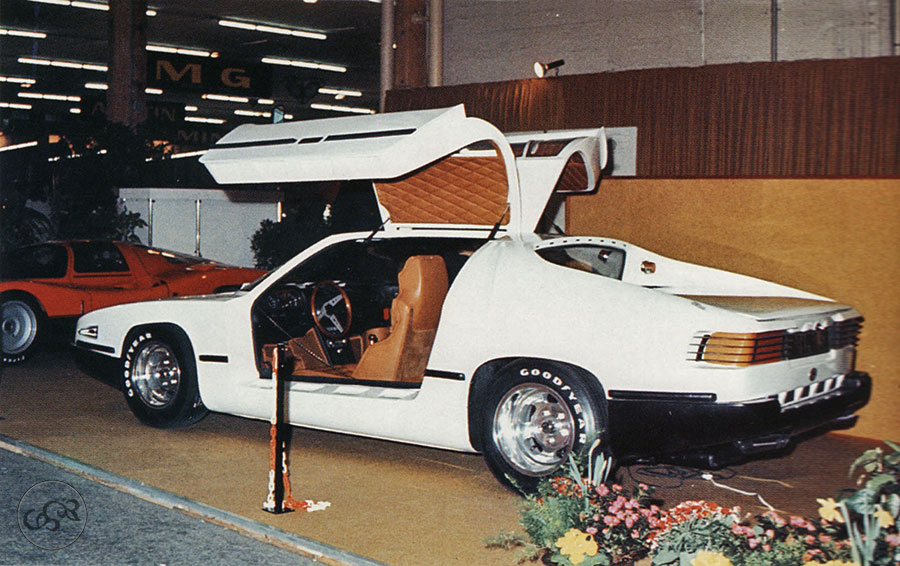
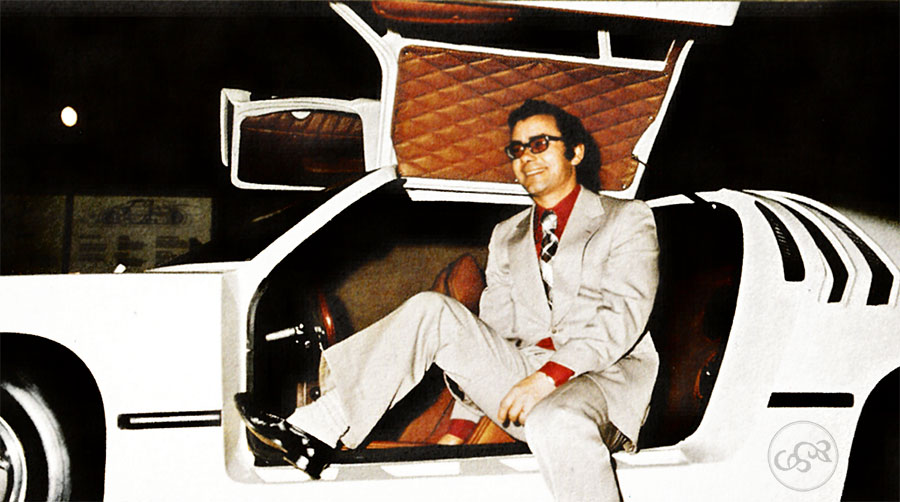
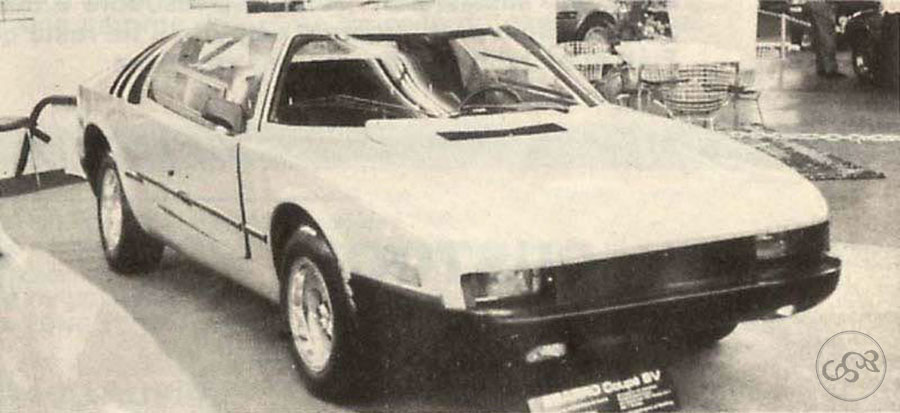
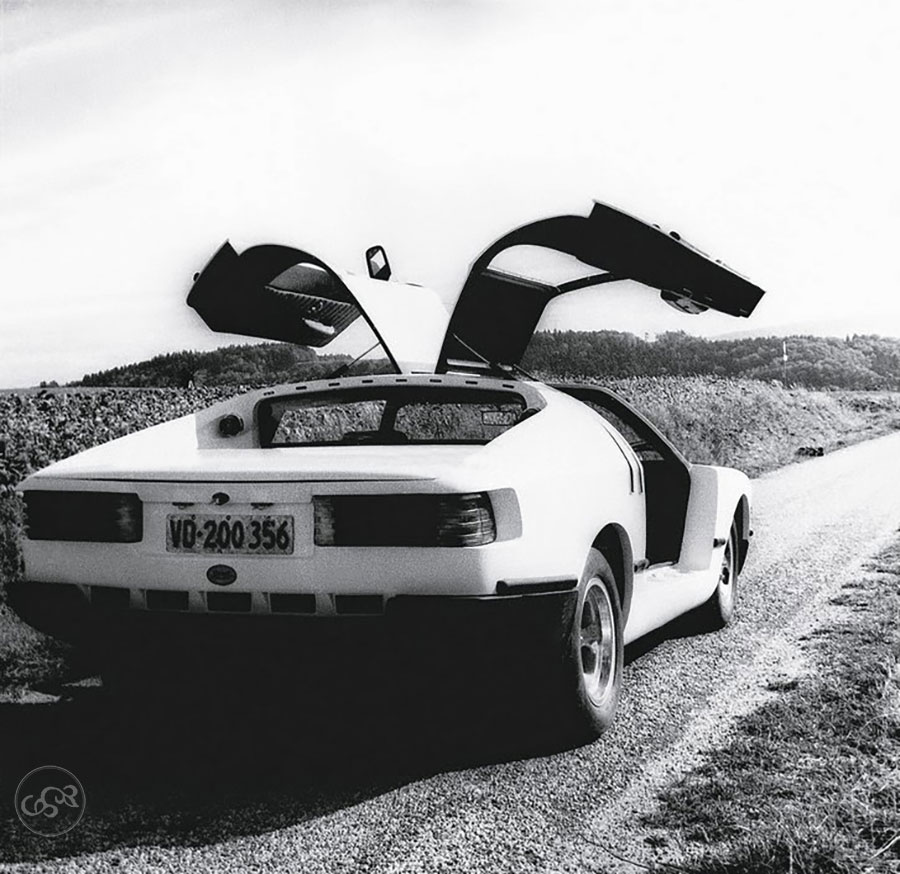
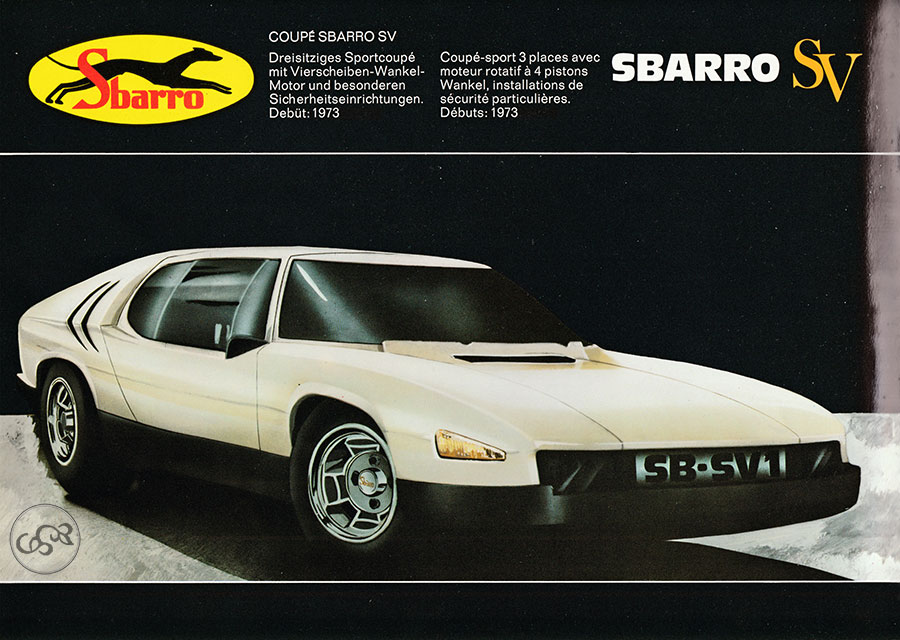
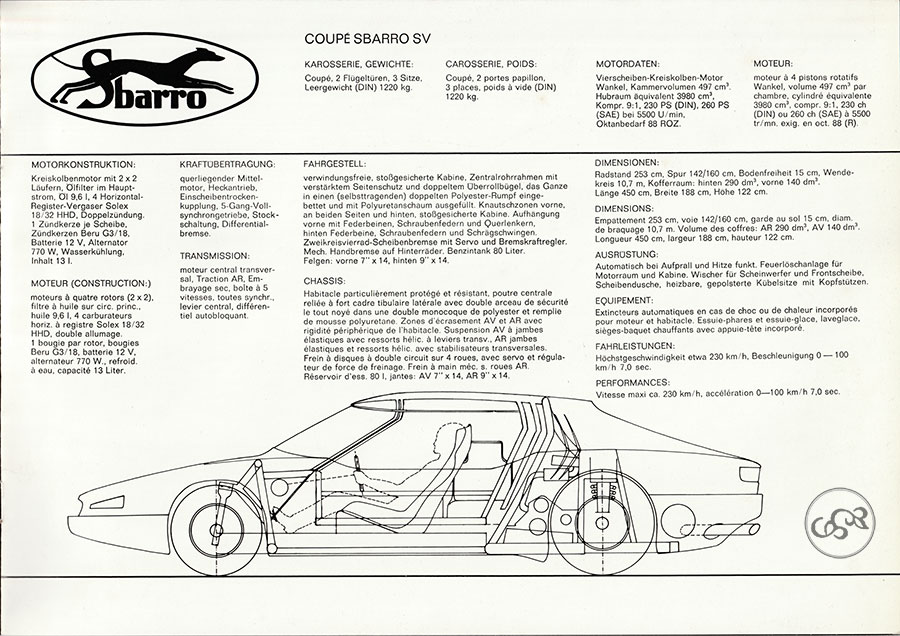
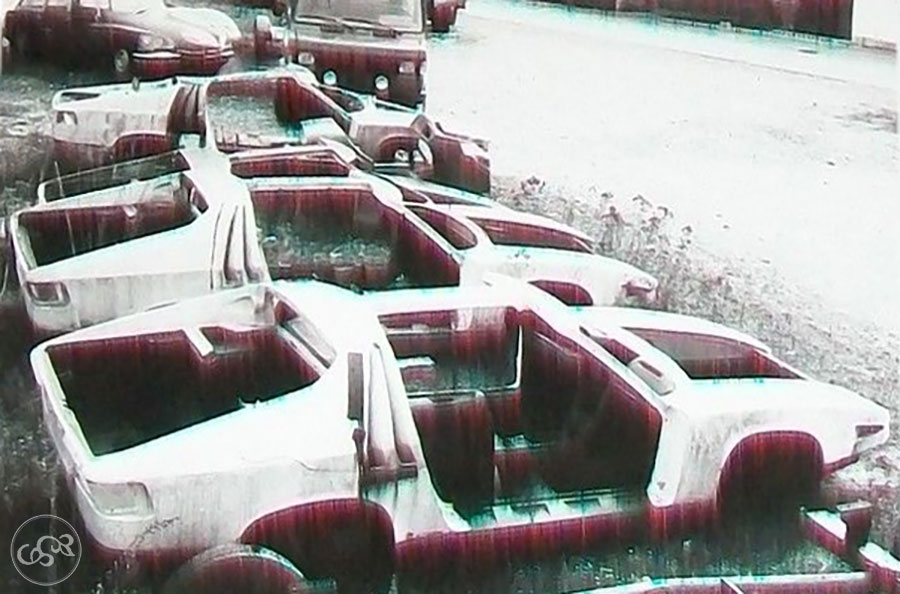
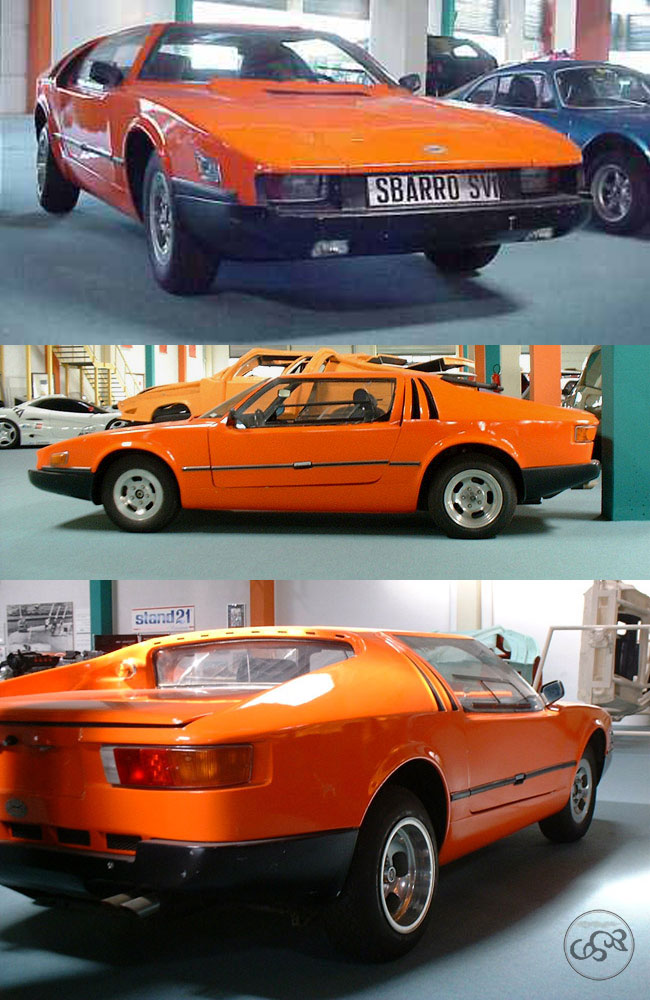
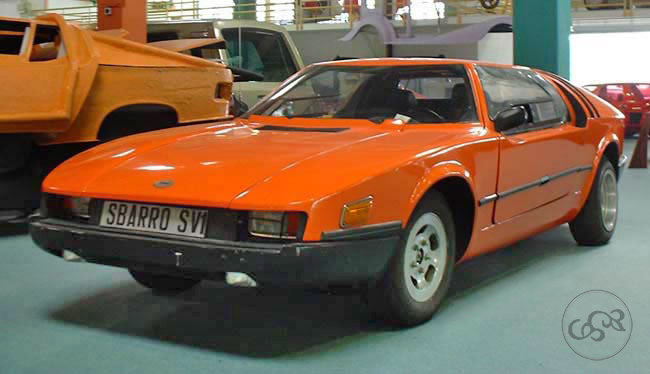
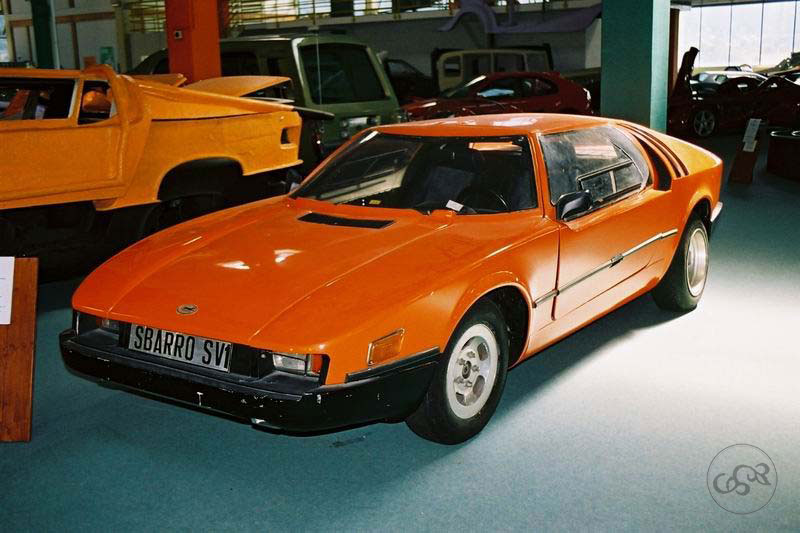
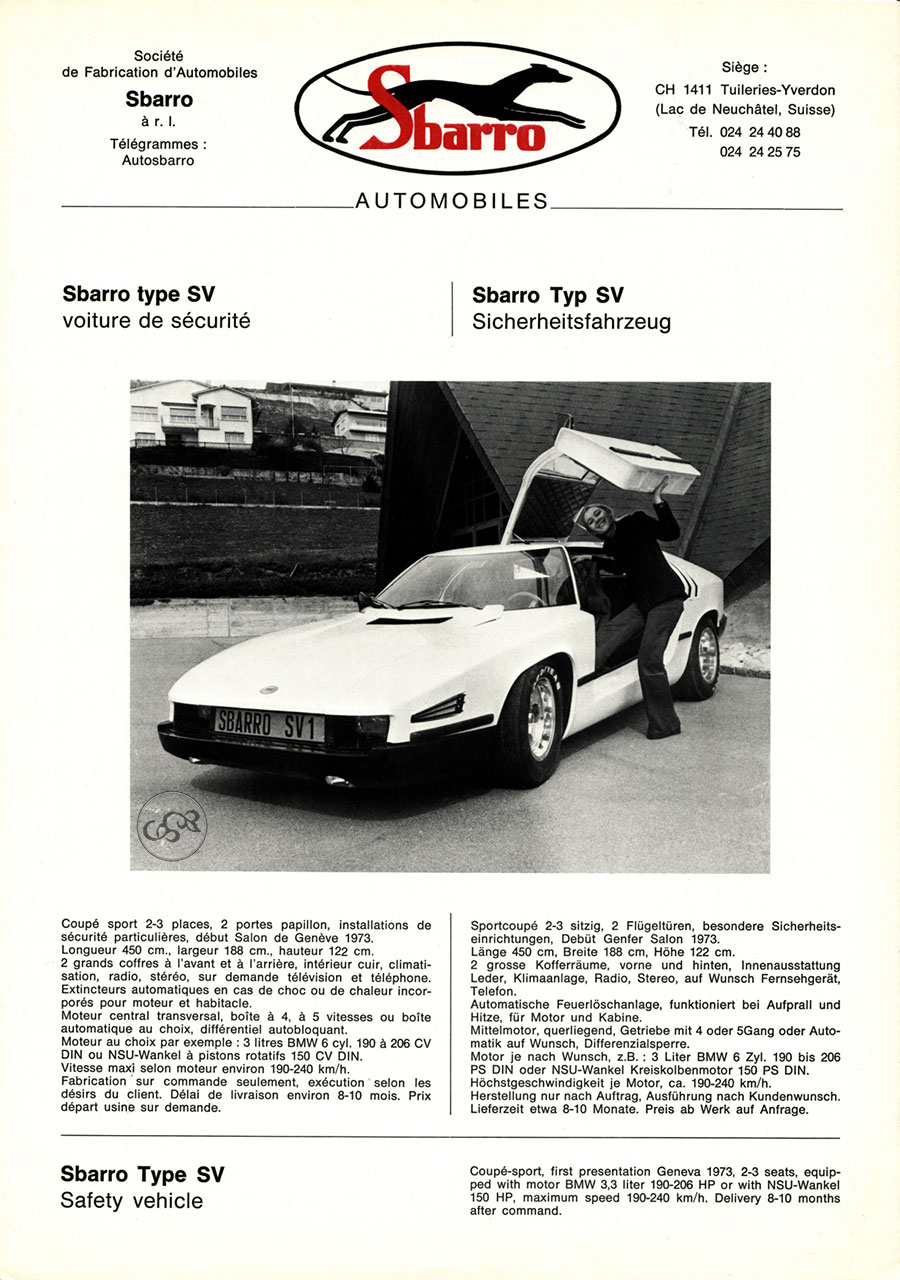
In brief
1- An important milestone for Sbarro, which is no longer involved in competition cars.
2- The SV1 is innovative in its design, governed by the notion of active and passive safety.
3- Too many avant-garde solutions that resulted in too high a price tag